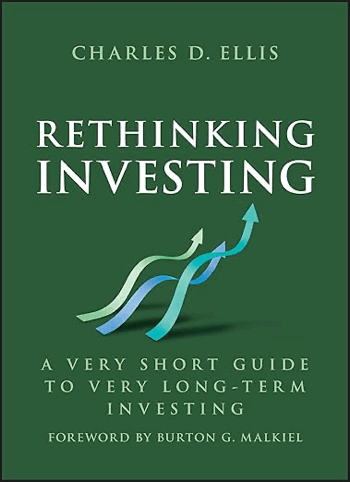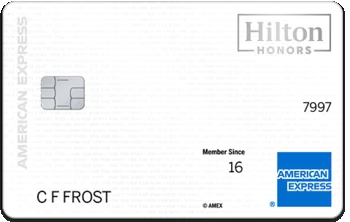529 Plan Asset Allocation: Should You Stick With the Default Glide Path or Customize It?
When it comes to building your child’s college savings, one of the biggest decisions is how to manage your 529 plan asset allocation. Many investors simply follow the default glide path—a pre-set investment strategy that automatically shifts from stocks to bonds as your child approaches college age. But is that always the best approach? Or could a custom 529 investment strategy help you achieve better long-term returns?

When it comes to building your child’s college savings, one of the biggest decisions is how to manage your 529 plan asset allocation. Many investors simply follow the default glide path—a pre-set investment strategy that automatically shifts from stocks to bonds as your child approaches college age. But is that always the best approach? Or could a custom 529 investment strategy help you achieve better long-term returns?
A traditional 529 glide path is designed to reduce market risk over time. In the early years, your contributions are heavily weighted toward equities to maximize growth potential. As your child nears high school graduation, the plan gradually reallocates toward bonds and cash equivalents to protect against volatility. This hands-off method works well for parents who want simplicity and consistency.
However, some investors prefer to customize their 529 portfolio, adjusting allocations based on market outlook, personal risk tolerance, or other financial goals. For example, a parent comfortable with short-term market swings might choose to keep a slightly higher equity exposure even as college draws near, aiming for greater returns.
Customization also allows you to select from a broader mix of index funds, active funds, or ESG-focused investments, depending on your financial philosophy. But with that flexibility comes responsibility—it requires monitoring performance and rebalancing periodically to stay on track.
Ultimately, the choice between a default glide path and a custom 529 plan allocation depends on your investing style and comfort with risk. If you prefer automation and reduced emotional decision-making, the default route is solid. If you’re a hands-on investor looking to fine-tune your strategy, a customized portfolio could unlock higher growth potential.
- If you plan on spending your 529 assets when your child is age 18-21, then your time horizon starts to get very short, very quickly.
- If instead you plan on your 529 assets to be eventually rolled over into a Roth IRA, then your time horizon is several decades! In that case, why not 100% equities and let it ride?
If you use the Rule of 72 and assume very roughly that it will double every 10 years, then after 60 years you will have 64 times (!) what you put in initially. Of course with inflation that won’t be as impressive, but still.
Most 529 owners use the age-based or target-enrollment portfolios from their plan provider. Some only offer one flavor, while others split it into “conservative, moderate, and aggressive” versions. Morningstar analyzed them all in their 529 landscape report and found that they start on average with ~90% stocks and “glide” down to ~16% stocks when the beneficiary turns age 18. Up top is their graphic of average glide path.
I’ve always found this to be a pretty fast descent. If you look carefully, that means that 20% of the stocks you bought when your kid was age 1 might be sold by the time they are age 6 and 50% sold by age 11. That’s not a very long holding period.
Morningstar also recently updated their Top 5 plans and they mention that Utah (the one I use) remains the only top option that offers a custom glide path option where you can plan it out once and it will follow it for you. For the rest, you’d have to manually make the changes as most plan allow you to change the asset allocation at least once a year.
So I personally have been at 100% stocks with the idea that I wanted a long 15 year period of holding stocks for any wobbles to even out, and the plan is to reduce the stock exposure rapidly around high school (10% a year stocks to bonds over the last 5 years or so). I’ve been very fortune with the high overall stock returns for the last 10+ years. Perhaps I’m pushing my luck now and should cut back sooner to be more in line with these institutionally-approved glide paths.
Share
What was your reaction?
 Like
0
Like
0
 Dislike
0
Dislike
0
 Love
0
Love
0
 Funny
0
Funny
0
 Angry
0
Angry
0
 Sad
0
Sad
0
 Wow
0
Wow
0












